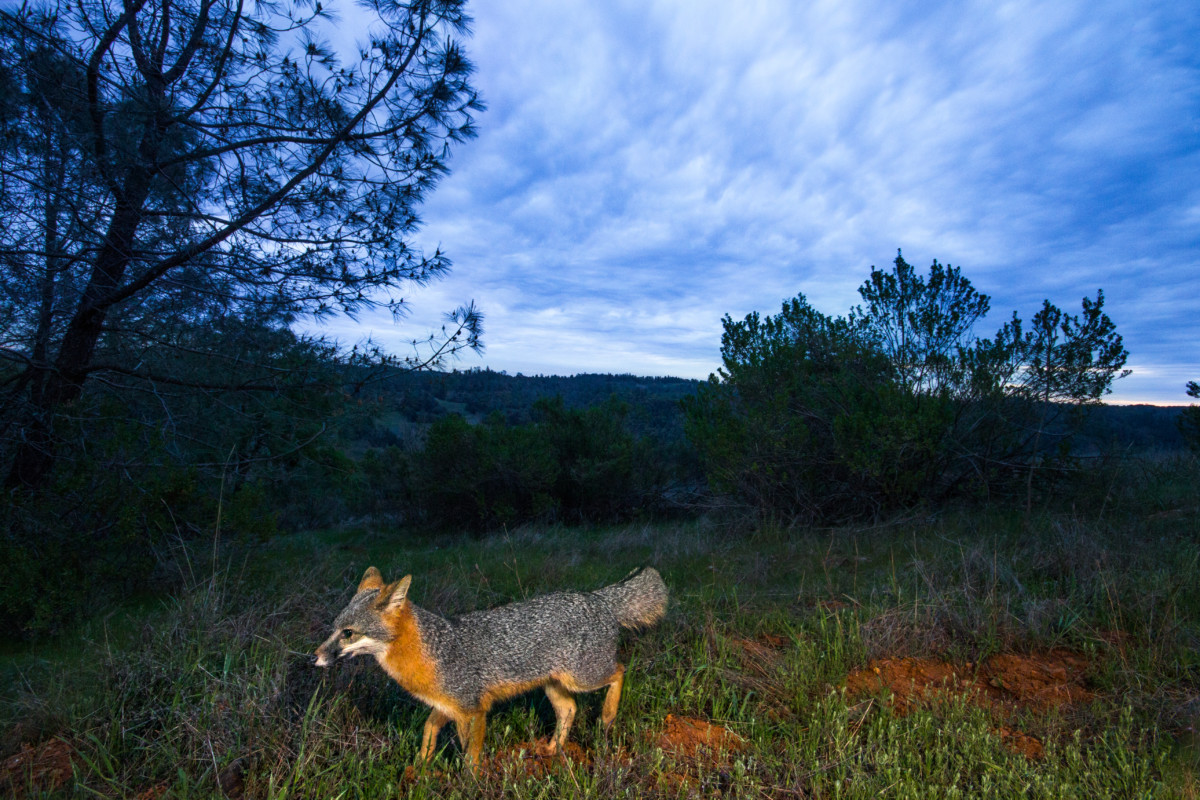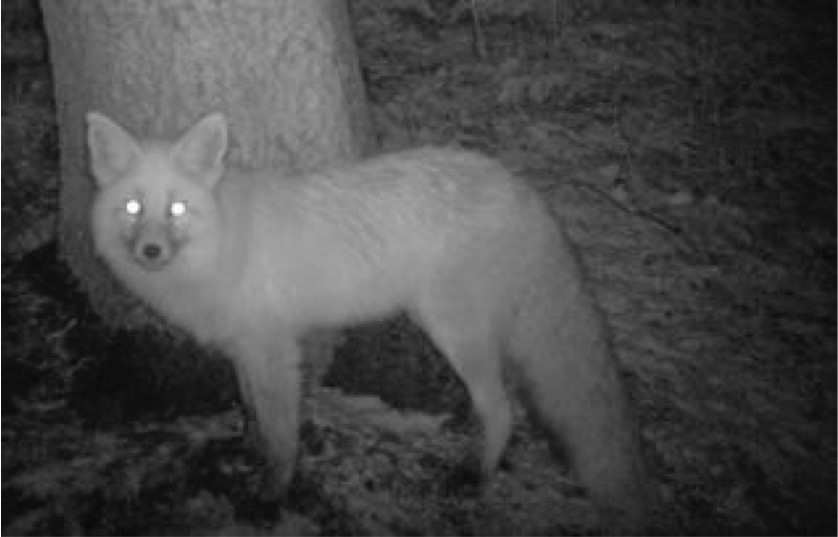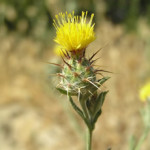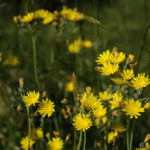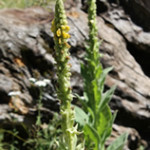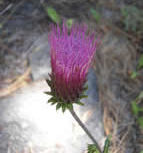How to be a watchdog
Join CSERC's efforts to identify environmental issues, so we can best protect the environment.
Be observant, take note of where you are and take photos. When photographing resource damage, think about providing context, perspective and visual cues to more accurately capture the impacts. Especially for rare wildlife, photos are extremely helpful to verify your sighting.
Here are things to watch out for:
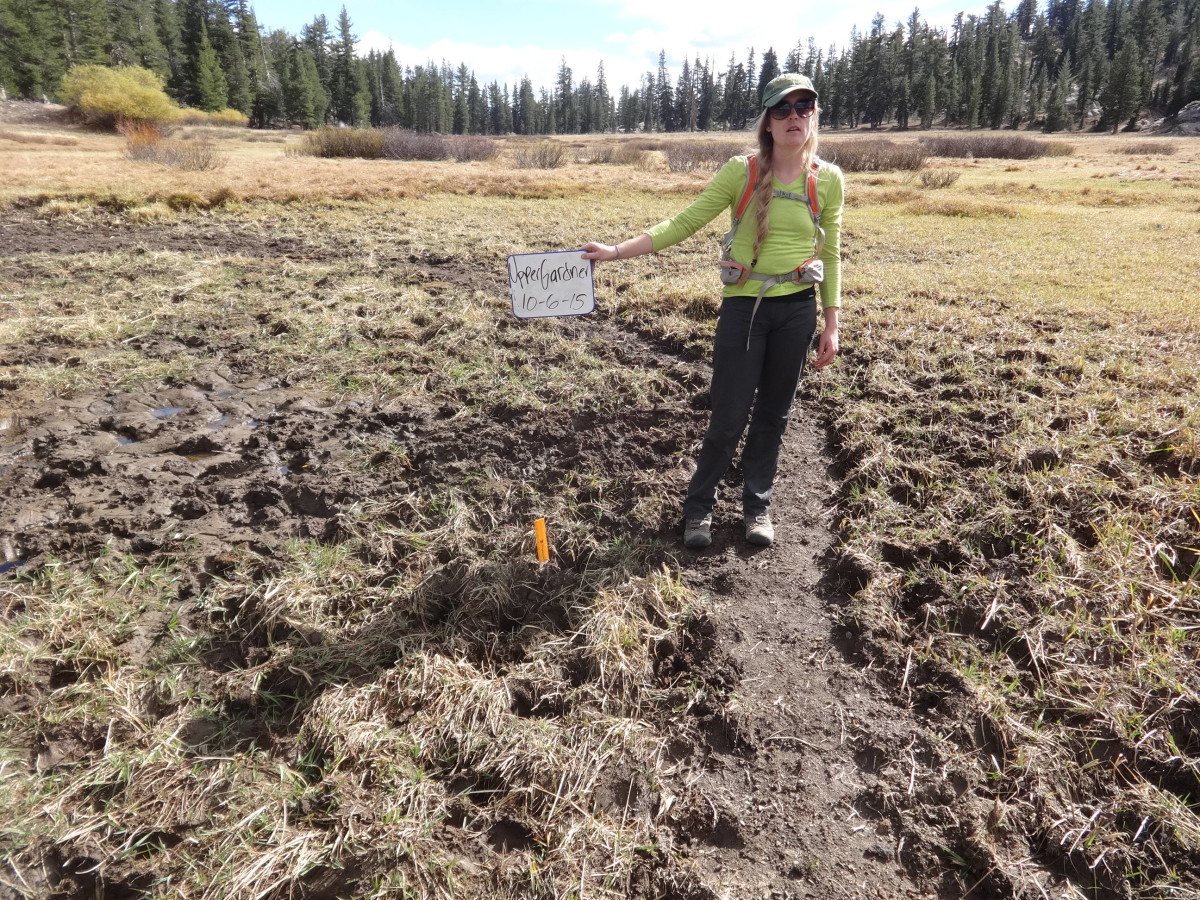
Look for resource damage
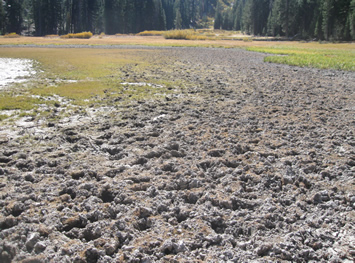
Wet areas are especially sensitive to disturbance. Look for freshly exposed dirt, crumbling streambanks, and deep holes or "pocks." Livestock as well as illegal OHV use can cause serious damage to meadows and wet areas.
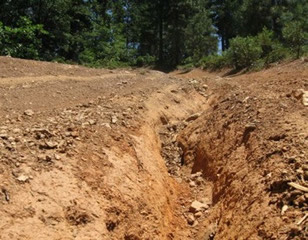
Keep an eye out for illegally created user trails causing damage. Trails crossing water or heading straight up steep hills can create erosion and watershed problems. Legal trails often have signs indicating the types of intended use. More information about erosion threatening our water can be found here.
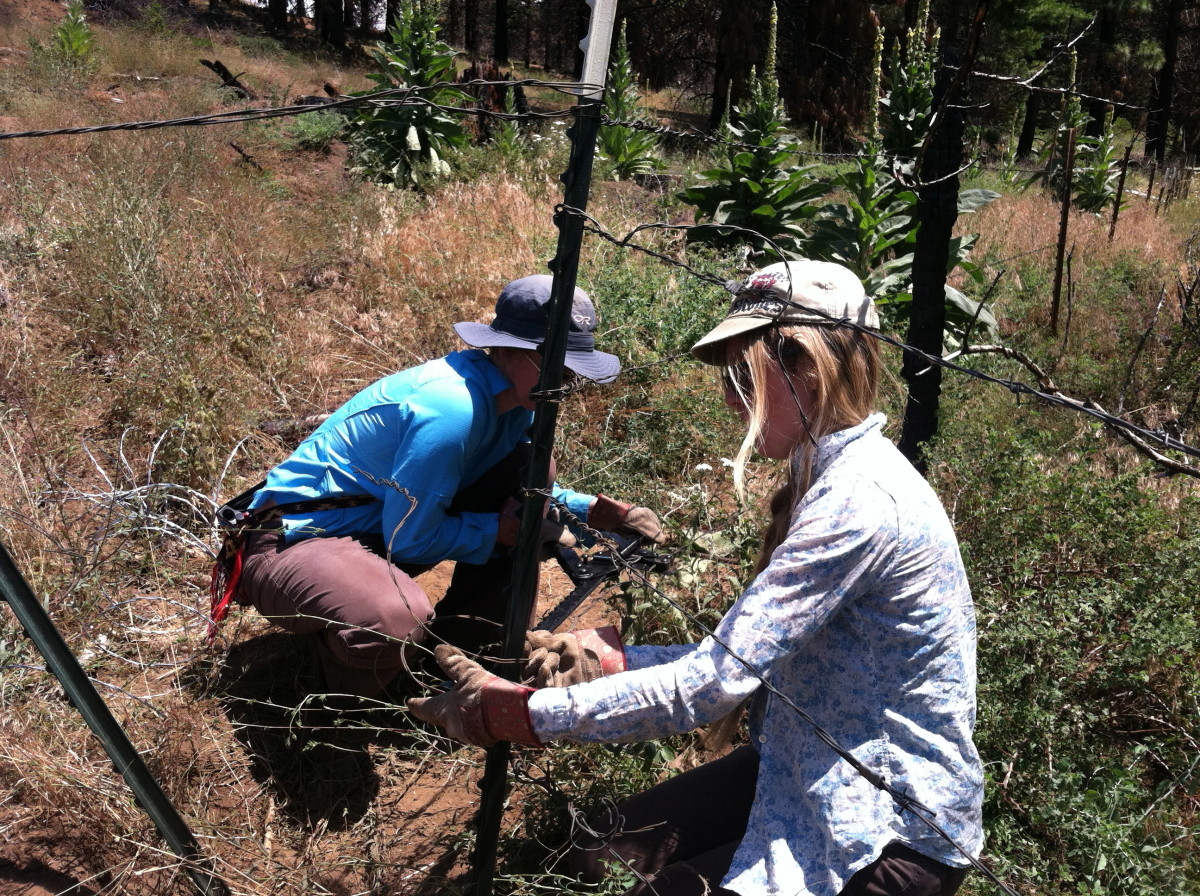
Sensitive wet areas and meadows are sometimes protected by fences to prevent livestock from grazing there. Unfortunately, many of these fences are poorly maintained, if at all.
If you see a fence in disrepair that looks like it would be ineffective in keeping cattle out, let us know so we can follow up!
Watch out for invasive and noxious weeds
Invasive plants are usually non-native, and threaten not only our native plants but also the insects, birds and others that evolved with those native plants. There are native lookalikes for many, so know before you pull.
It’s best to take photos, note your location and confirm with us or Forest Service staff if you aren't sure! You will often find dense patches of them; due to their "invasive" nature, they tend to take over.
Here are some common weeds and their native look alikes:
Look for thorns to help confirm non-native thistles. Native flowers tend to be much "friendlier" and lack the sharp defenses that invasives have.
For more information about invasive plants, check out Yosemite National Park's website about invasive plants or the California Invasive Plant Council's site.
Keep an eye out for rare and elusive wildlife
A few wildlife species in the Sierra Nevada have small or declining populations. Identifying where the remaining individuals persist is necessary to protect them. Here are some tips to help you identify rare species should you be so lucky as to see one! Learn more about the remote camera stations CSERC maintains in the Stanislaus National Forest in our efforts to capture photographs of these rare species.
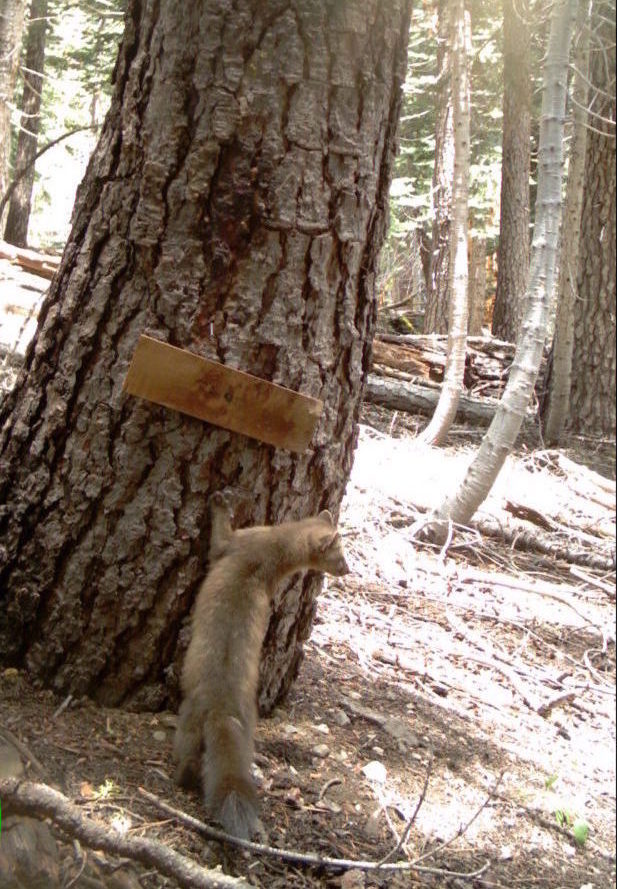
Fisher (to the right) prefer mature, closed-canopy forests and are very elusive. They are larger and darker than similar species, and have been described as having the face of a weasel and the tail of a fox.
Marten (to the left) are found at higher elevations than Pacific Fisher and are smaller and lighter in color than their relatives. They favor Red Fir and Mountain Hemlock forests with abundant downed wood. Marten are tree-dwellers but are also known to hunt in high elevation boulder fields.
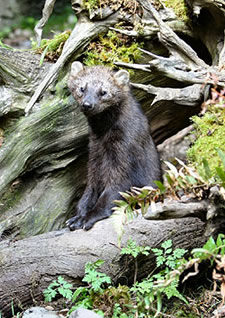
There are two more common species that can be confused with the Pacific Fisher and/or American Marten. River Otter are found very near water. Mink travel farther from water, but are much smaller than both the Fisher and River Otter.
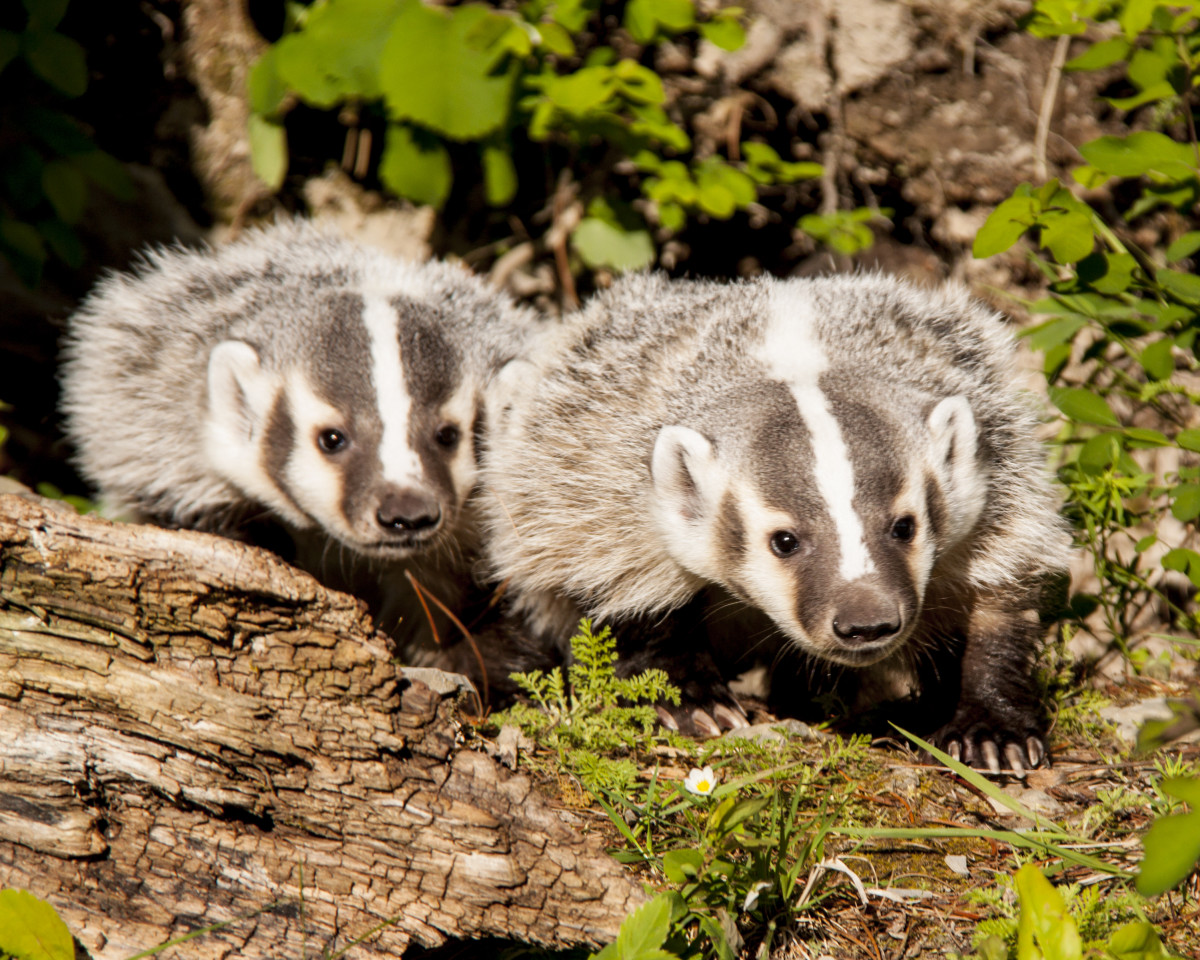
Photo Gemma Gylling
Badgers are smaller and lighter than Wolverine. They have a light stripe that runs from their nose to their tail down the center of their back.

Photo Peggy Sells
Wolverine require deep snow and large territories and are distinguished from their relative the Badger by their solitary nature, much larger size, and distinctive lighter stripe reaching from their shoulder to their tail.
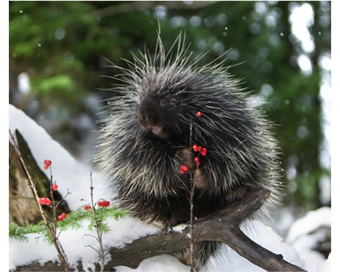
Photo Peggy Sells
The abundance of porcupine is unknown, so CSERC has been requesting porcupine sightings info to gain a better understanding of how many are left.
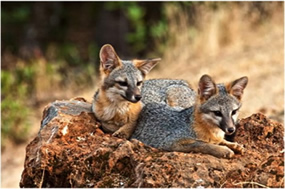
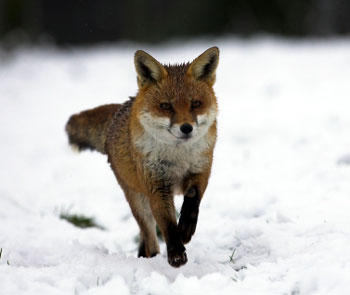
There are two species of common fox that can be confused with Sierra Nevada Red Fox. Despite their name, Gray Fox can appear quite red, but will always have silvery gray coloration too. The non-native Red Fox is similar to Sierra Nevada Red Fox, but is slightly larger and lighter, and is found at lower elevations.
Look for dark shins, black behind the ears and a white tipped tail to identify Sierra Nevada Red Fox. They are most likely to be seen in sub alpine and alpine environments. Read more about our local SNRF discovery.
